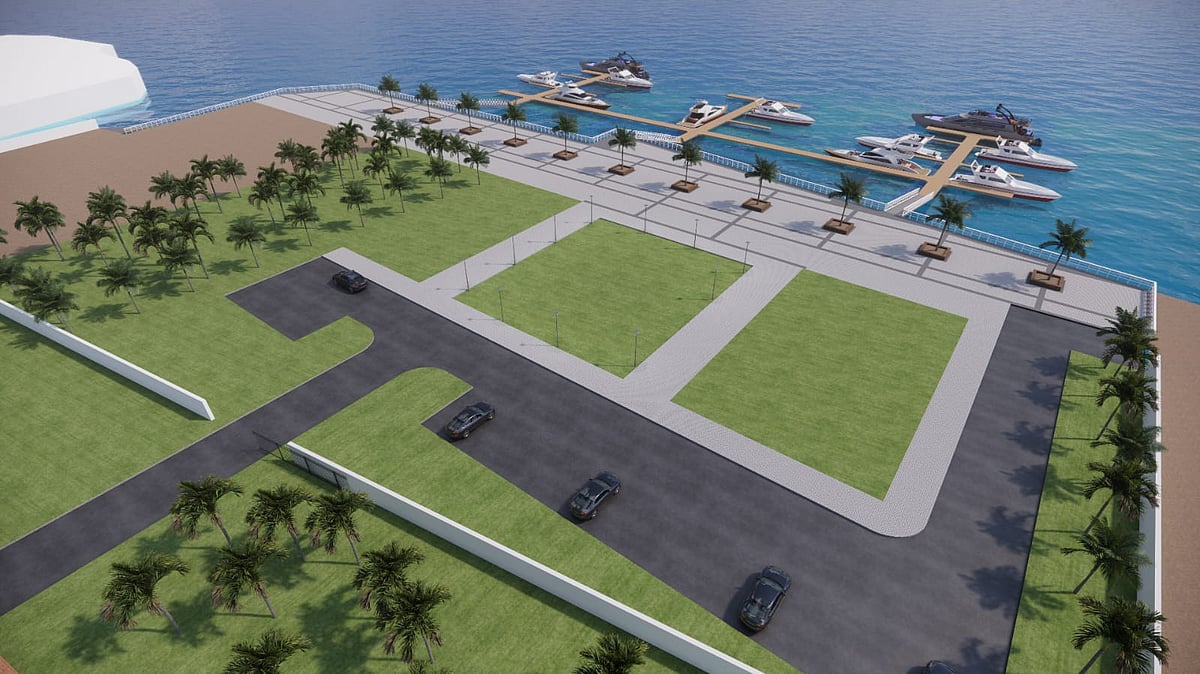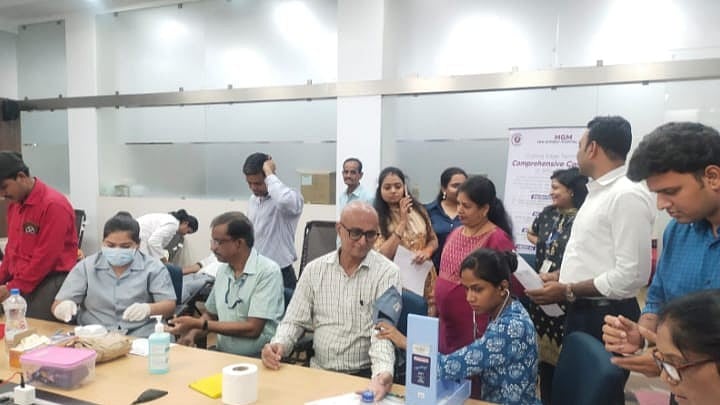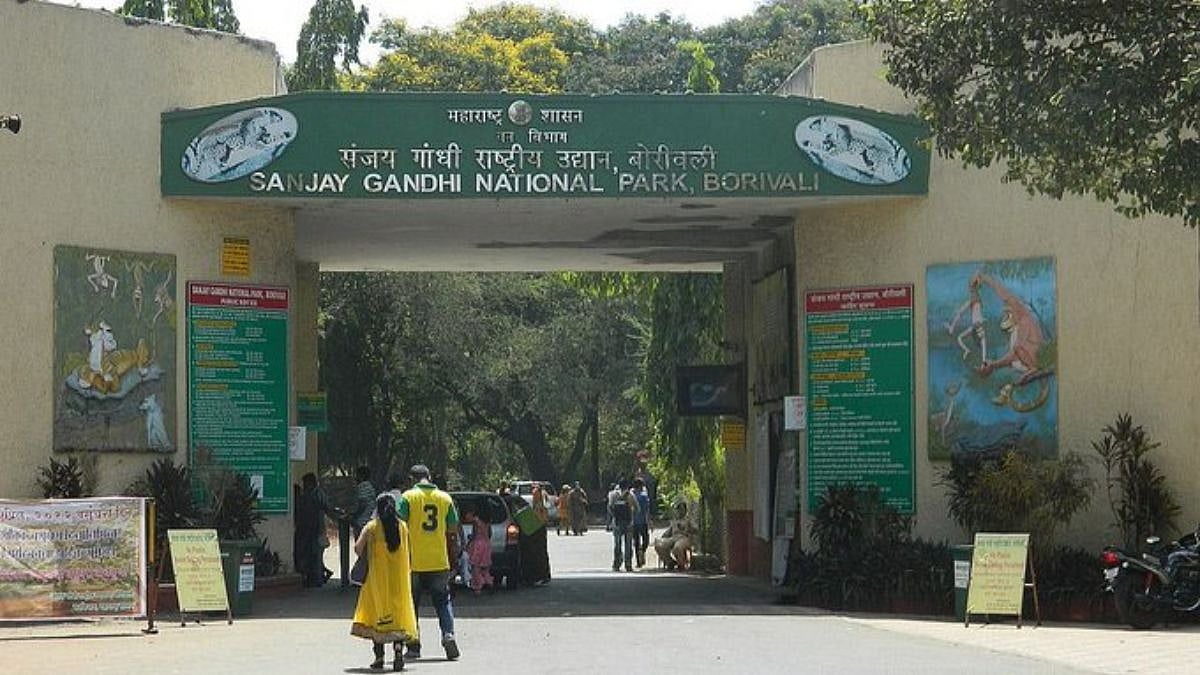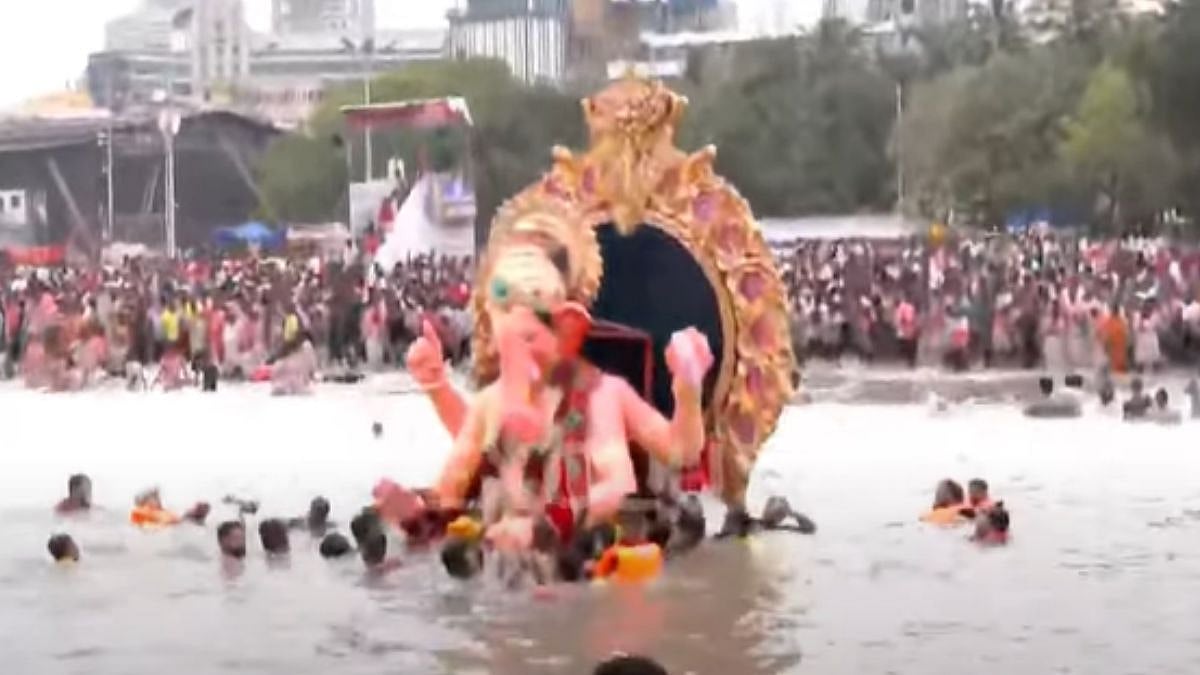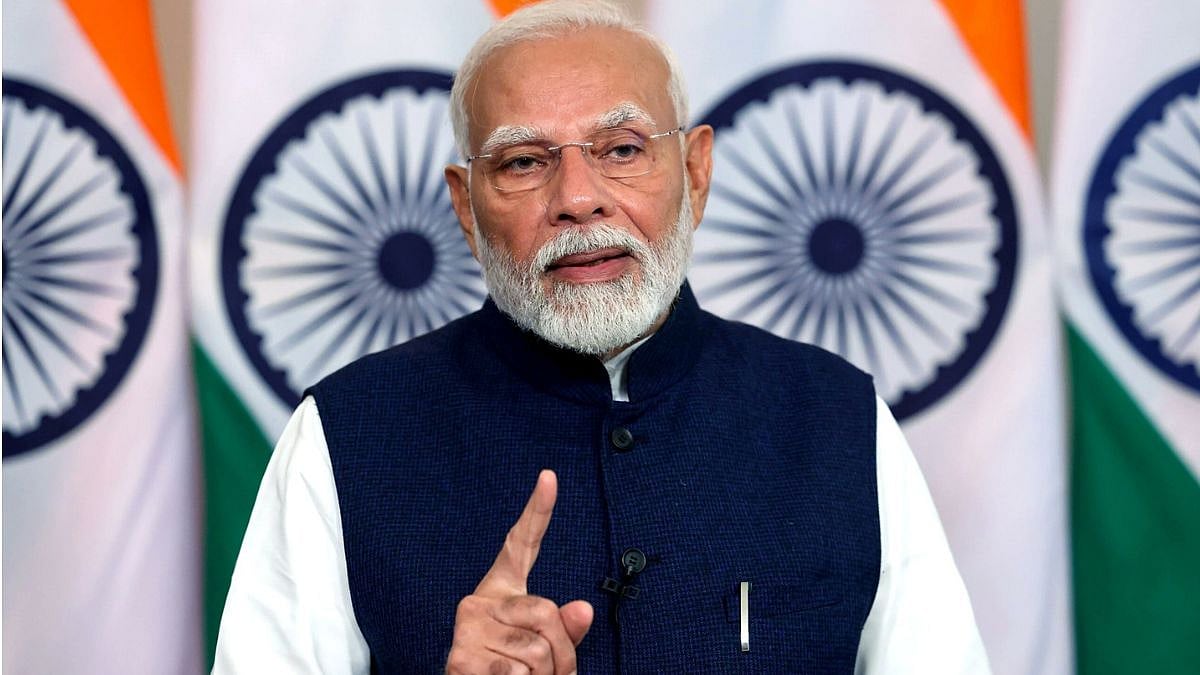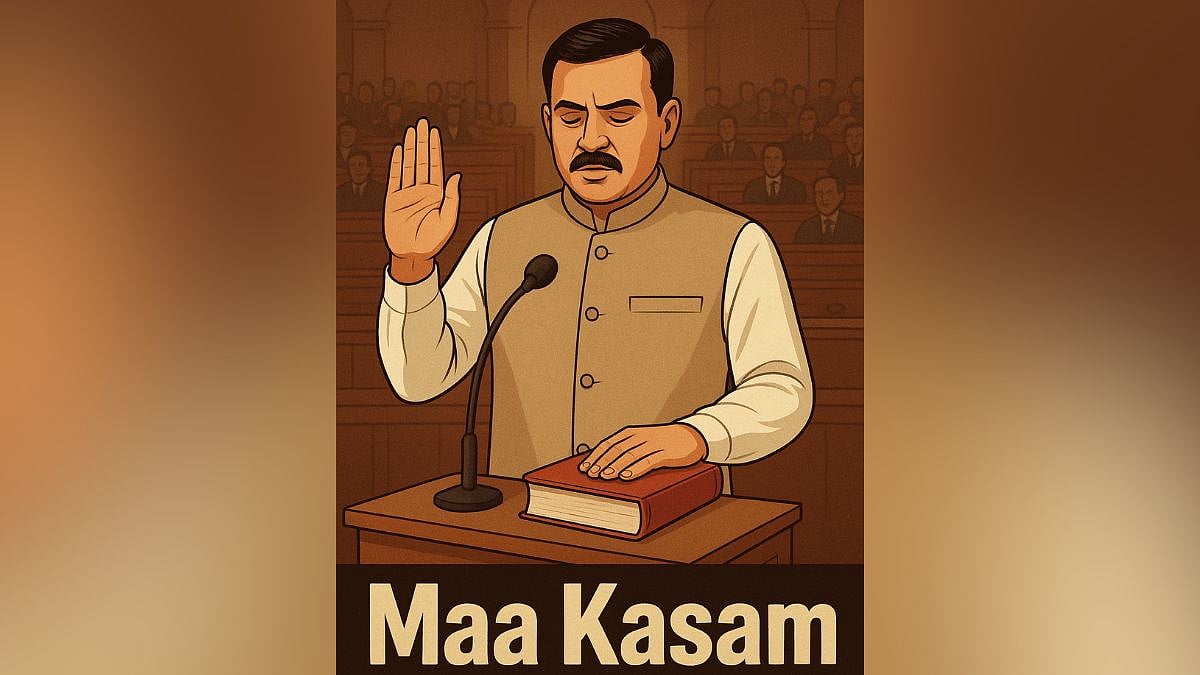The heavy downpour in Mumbai's central areas as well as cities like Pune, which disrupted public services, especially modern transport systems like Mumbai's new underground metro, has now become the centre point of politics and heated debates between two sides of the political divide in Maharashtra, especially because just after the monsoon is over, about a dozen large cities in the state, including Mumbai, Pune, Thane, Navi Mumbai, Nagpur and others, will be holding civic polls in which civic amenities may become the main issue.
The opposition Shiv Sena UBT (Uddhav Thackeray group) has charged the ruling BJP with “apathy towards the Mumbai city” and alleged corruption in building the civic infrastructure, which, in Shiv Sena UBT's words, “has led to this terrible situation in Mumbai”.
Will this really impact the civic polls in the coming months, and will the public of Mumbai, Pune and other cities be affected by the campaign run by the opposition on this issue? It needs to be seen.
Mumbai has, historically, faced rain fury about twice every year for decades, when heavy rains coincide with high tide at sea and rainwater drainage systems fail to drain excess water in the Arabian Sea. Traditionally, between June and August, two incidents of flooding in Mumbai have been witnessed every year.
However, the frequency of this has increased in the past few years, causing flooding of the low-lying areas three to four times in a year during the monsoon. Experts give various reasons for this, right from climate change, which causes heavy rainfall in a very short duration; to frequent cyclones in the Arabian Sea; to civic mismanagement, such as failure to clean the drains in time or too much concretisation in urban areas.
Now this pattern of flooding is seen in other cities like Pune and Thane too, where construction of high-rise buildings and extreme levels of concretisation are causing blockages in the drainage system.
Like scores of other issues, this, too, has become highly politicised, with allegations and counter-allegations trying to fix accountability for the mess Mumbaikars faced this week after heavy rains. On behalf of the opposition, Shiv Sena UBT group leader Aditya Thackeray levelled several allegations against the ruling party BJP.
“In the past three years, civic polls of BrihanMumbai Municipal Corporation (BMC) have not been held. This has led to complete chaos inside the BMC. Everything is being controlled from the Chief Minister's office. The municipal corporators don't exist because their term has ended. Nobody knows who is doing the work, and the contractors, who are supposed to clean the drains before the monsoon, are only collecting their money from the BMC without actually doing the work," he said at a media conference.
However, the question is whether this will make any political impact, as similar allegations were levelled by the Congress party and the UPA alliance against the ruling Shiv Sena-BJP alliance in 2005 after the big cloudburst over Mumbai in July, which resulted in hundreds of deaths. Not much political impact of the allegations was seen on the ground, and the Sena-BJP alliance continued to rule the BMC in forthcoming elections, even after the deluge of July 26, 2005!
One of the reasons could be that public memory is short. In the run-up to the polls, people tend to forget about who should be held responsible politically for such incidents. The other reason is, of course, the multiplicity of government agencies in a city like Mumbai.
A thriving megacity like Mumbai is controlled by multiple government or local self-government agencies today, and many times it becomes impossible to fix accountability.
For instance, the BMC looks after the day-to-day civic amenities in the city and suburbs; the Mumbai Metropolitan Regional Development Authority, or MMRDA, plans new development projects and implements developmental work like building roads or flyovers, etc.; and the Maharashtra Housing and Area Development Authority, or MHADA, is the public housing agency in the city and suburbs.
Then there is the Urban Development Ministry of the Maharashtra government, which plans city development and gives clearances for large constructions, and the Central Railways and Western Railways of the government of India, which run suburban transport services and hold large tracts of land in the city and suburbs.
It is very difficult to understand where one agency's jurisdiction ends and the other’s starts when it comes to various responsibilities. This gives politicians and bureaucrats the chance to dodge the responsibility bullet.
Politicians are quick to take advantage of loopholes in any system, and everybody seems to be now pushing the blame onto somebody else when it comes to answering questions about why Mumbaikars continue to suffer year after year during the monsoon.
Worse, this trend of collapse of transport and other services is now being witnessed in areas where it was not happening previously. Heavy downpours, floods and loss of life and property are now becoming common in Mumbai, Pune and other cities.
There is an urgent need for all the public bodies involved to discuss these issues of urbanisation to find some long-term solutions before it is too late. Planning and restricting large constructions, widening of roads, and regular cleaning of garbage or drains must be prioritised.

Most importantly, public organisations and media must create awareness among people about these issues so that large-scale damage can be controlled in the future.
Rohit Chandavarkar is a senior journalist who has worked for 31 years with various leading newspaper brands and television channels in Mumbai and Pune.

